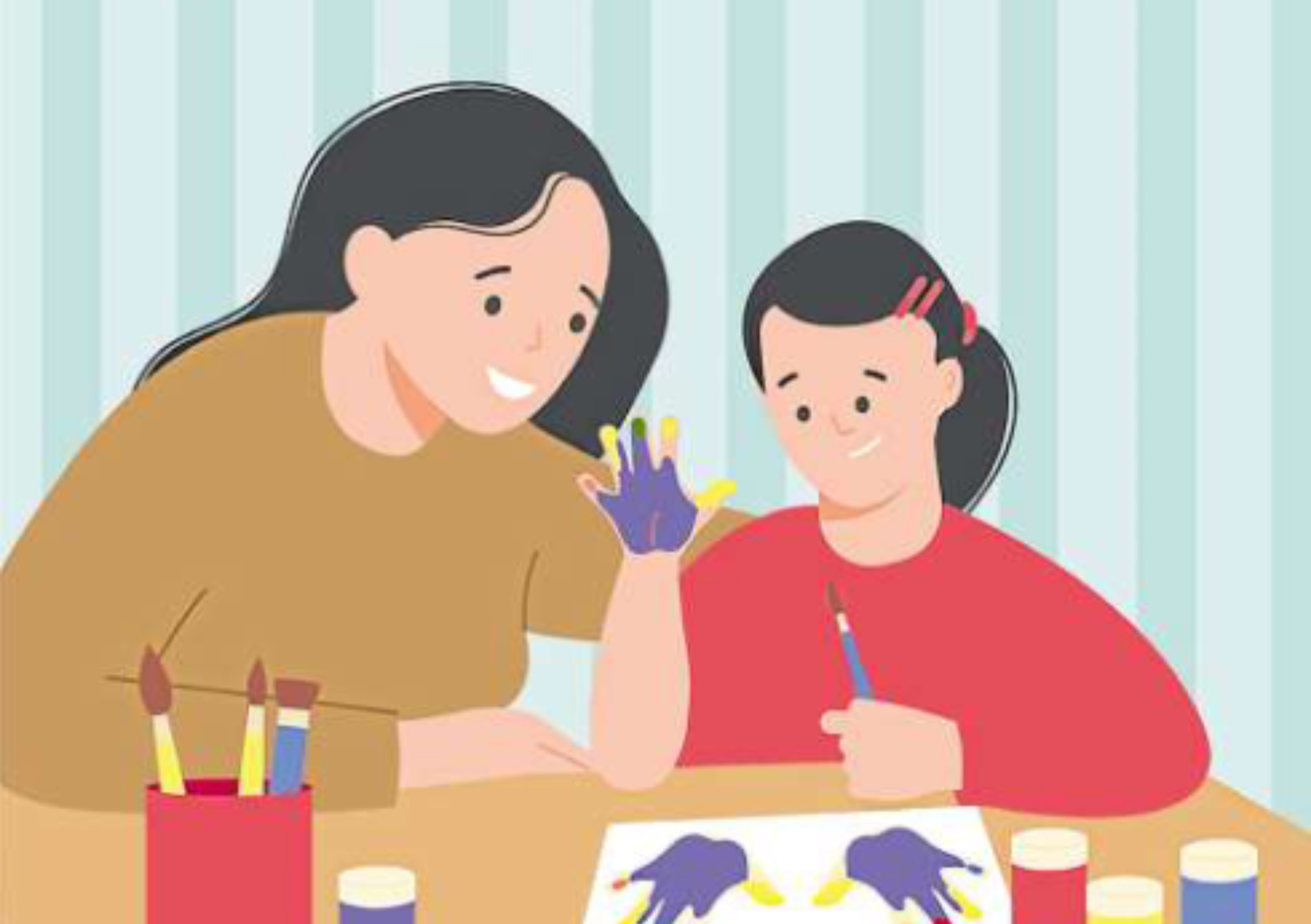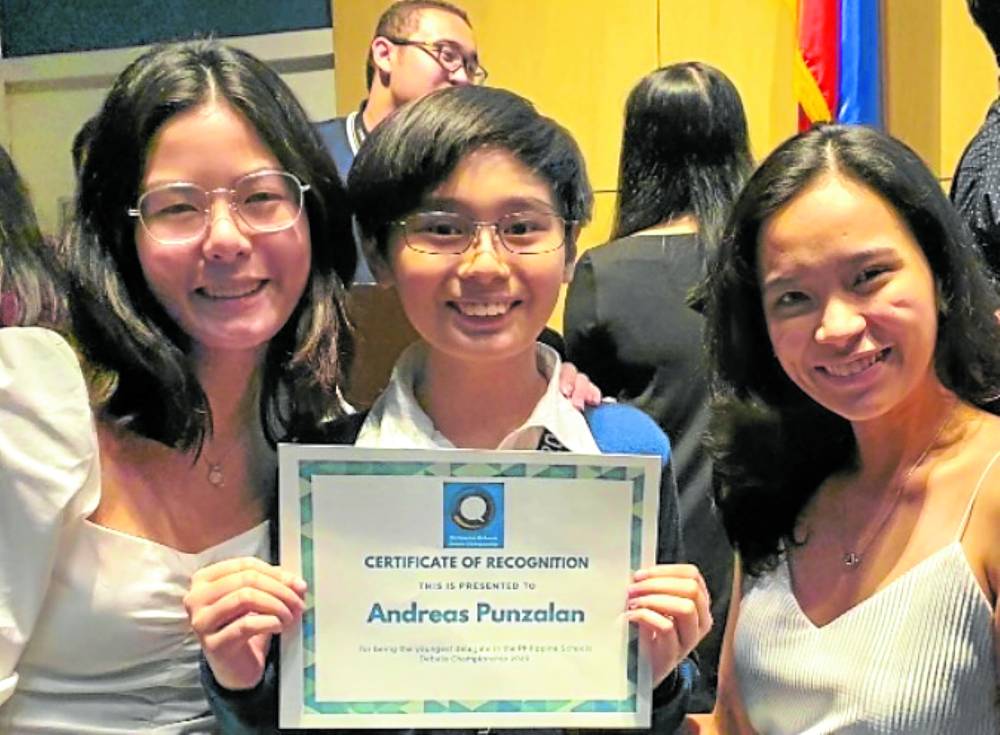I recently bumped into a friend’s husband, and was delighted to discover that my friend had just delivered her third child.
Her recovery reminded me of my own experiences and how different each of my pregnancy recoveries was from each other. This was due largely to how I treated each recovery period.
Recovering from childbirth, whether it be normal delivery or Caesarian, is no walk in the park. While every mother has a unique experience and may have specific instructions from the doctor or her own preferred methods, by and large, rest and adequate nutrition are on top of the list.
However, for a number of Chinese-Filipino mothers, and even non-Chinese mothers, there is also the practice of Po Ge Lai, which, in English, means “sitting month.”
Our knowledge of Ge Lai is limited to the “no bathing” policy for a month. This is usually more than enough to discourage many a curious mother. However, a closer look shows that there is much more to this tradition than we give it credit for.
Before giving birth, I had no information on the more traditional forms of healing and recovery. I delivered my first child via an emergency Caesarian section, and I still recall one of my best friends visiting me in the hospital.
I had just taken a shower, which prompted my friend to share her experience of childbirth and taking a bath in boiled guava leaves water to aid healing. I secretly dismissed her story as an old wives’ tale—until I woke up in the middle of the night, shivering and burning with a fever.
I never forgot how the fever coincided with that first shower. I resolved to use guava leaves in the future.
However, when I came home from the hospital, I had other concerns to think about. I found myself foolishly disregarding my doctor’s orders of not going up and down the stairs, or leaving the house in the first two weeks. I paid dearly for those decisions.
Guava leaves
True to my promises to myself, my second delivery baths consisted of water from boiled guava leaves and minimized movement in the first two weeks. Perhaps it was knowing how to better take care of myself or the supposed healing power of guava, but thank goodness there were no fevers.
As they say, third time’s the charm, and acting on the advice of well-meaning Chinese friends, I decided to try Ge Lai after giving birth to my third child. I had to take a crash course from friends.
It’s important to understand the idea behind Ge Lai to know how to apply it best. When a woman gives birth, she loses a lot of blood, the life force of the body, or the carrier of one’s chi. When you lose your chi, your body becomes prone to imbalance and gets “cold” or falls into a state of yin. The goal is to get your yang, or heat, back into your body through the various practices and food during Ge Lai.
Another friend explained that during pregnancy and birth, a woman’s bones, joints and muscles expand to accommodate the growing child. In that condition of weakness and “looseness,” the mother’s body is vulnerable to “coldness,” which, if left untreated, will haunt a woman in her golden years in the form of arthritis and rheumatism.
It is necessary to keep those joints “warm” and assist in their healing and return to their natural state to have both a smooth recovery and a healthy body in a mother’s old age.
Coincidentally, this idea of being “cold” seems to be just as deeply rooted in the Filipino tradition. Our elders often remind us to wrap ourselves, and the baby, “para hindi lamigin” (so as not to get cold).”
But I wouldn’t be surprised if underlying our standard Filipino practices is the same Chinese principle since they share some mutual practices.
In Ge Lai, the first order is not to get yourself cold during baths. In more traditional cases, even drinking ordinary water is considered “cold.”
Tradition dictates that the child-bearing mother abide by the rule for the full month (get ready to stock up on dry shampoo). But I guess I lacked the cultural background and will to do this and frequently tried to get around it in the first two weeks by having a “sponge bath” with my guava leaves. (I figured the healing properties of guava would counter the “cold” of the water.) I was also washing in whatever way I could without getting too wet.
Chocolate and ginger
Another friend likewise came over with the best announcement ever—chocolate is considered a “hot” food and that I should eat as much of it as I could! She was quick to add that it should be “real chocolate,” like native tablea and dark chocolate, not sweet chocolate candy bars.
Ginger with all dishes and tea were on top of the list, just as it is with most Filipinos who swear by the healing power of salabat.
I was advised to eat lugaw (congee), eggs, liver, oatmeal, and sinigang using any fish (although others say lapu-lapu is best for healing and milk production).
There are also a number of other herbal teas that come with the Ge Lai, but those were beyond my capacity. Apart from the chicken essence (Brands) that a Singaporean friend gave me to increase my chi, and the salabat that I had on permanent standby in a thermos by the bedside, I just did my best to stay away from drinks that were literally cold.
Another must-have during Ge Lai: an abdominal binder, because it supports the healing muscles. Fortunately, this was something I had always practiced since my first pregnancy—the Filipino tradition of wearing a binder after birth, and my OB-GYN’s advice to protect my stitches and promote healing.
Ge Lai also suggests keeping oneself warm. Fortunately, Manila is always warm. An electric fan was enough to sleep comfortably at night without feeling like I was allowing myself to get cold.
Other rules: staying home; not carrying heavy objects or heavy older children; and not going up and down the stairs—all of which were standard post-recovery rules for Caesarean recoveries.
In the end, I tried to follow as many of these as I could for at least two weeks, the others up to a month. And while it was a bit more challenging, and even just haphazardly done, I could honestly say that my physical recovery from my third pregnancy was the best.
Allowing myself sufficient rest and eating as much nutritious food as I could left me feeling stronger than during my younger years—when I would force my body and rush my healing, thinking I was strong enough to do so.
Whether it was the result of a mini/semi Ge Lai, Filipino traditions, or practical know-how carried over from previous pregnancies, or most probably a combination of the three, I could say that I gave my body the chance to rest and recover.
I hope that, someday, my body will thank me for it.







































